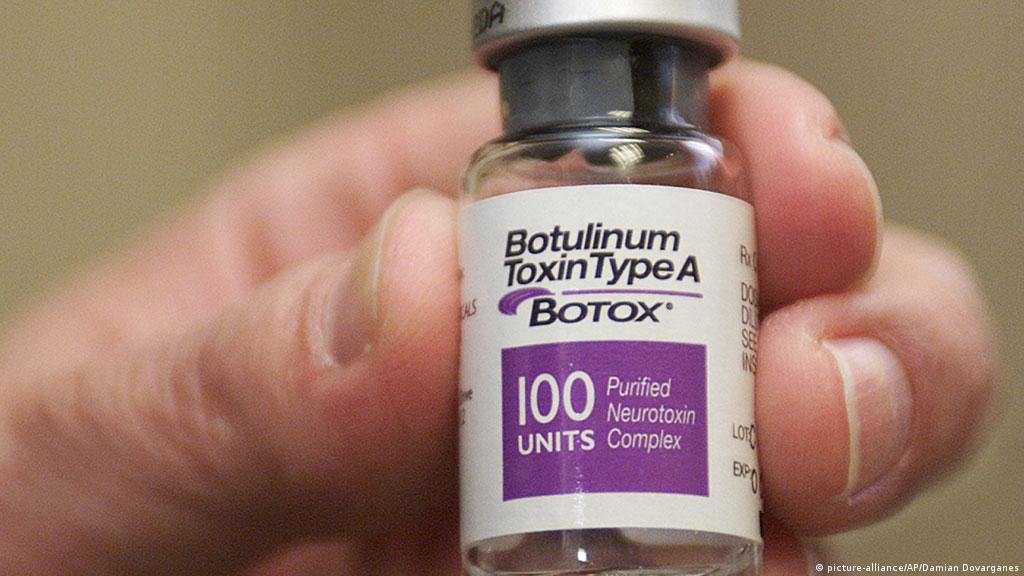From ancient times the people have been looking for ways to destroy each other. Poisons are among the easiest and quietest ways to get rid of enemies. Many famous dictators and rulers even had a special servant whose main task was to taste the food before them for fear of being poisoned. Toxic substances are numerous and varied. Some of them lead to health problems, others “kill” slowly, and in others death occurs instantly.
Some of the strongest poisons in the world
Arsenic
Classic poisoning was especially popular during the Victorian era. At that time, arsenic was used in many household products such as paints and wallpaper. Arsenic poisoning leads to severe ailments such as bleeding, vomiting, accompanied by sharp pain. Death occurs after painful convulsions, coma and circulatory failure. A few hours after ingestion of the poison are sufficient until a fatal outcome is reached.
Cyanide
We often read about cyanide as a fast-acting poison in crime and spy novels. Cyanide was one of the components of Cyclone B gas, which was used by the Nazis in concentration camps during World War II. Death occurs instantly. Cyanide impedes cellular respiration, the body stops producing energy, leading to “internal asphyxia”. It occurs in the form of gas (hydrogen cyanide) and white powder (potassium cyanide). In its natural form it is found in apricot kernels and some plants. Symptoms of cyanide poisoning are rapid breathing, nausea, severe convulsions. It smells of bitter almonds.
Ricin
Ricin is extracted from the seeds of the plant and is a residual product of the oil. If taken with food, it is not always fatal because it is difficult to digest. The substance is lethal if inhaled or injected directly into the circulatory system. Ingestion of plant beans has the most certain lethal effect. Castor oil is one of the “slow poisons”. Symptoms appear within a few days of taking it. In the United States and Russia, it is defined as a chemical warfare agent. It is alleged that Saddam Hussein used ricin against his own countrymen. During the autopsy of the Bulgarian journalist and writer Georgi Markov, it was established that he was killed with ricin, contained in a small ball fired from an umbrella. And yet what is the strongest poison? Experts give 2 answers to this question: polonium and botulinum toxin.
Polonium
Polonium is a radioactive element, making it difficult to find and even more difficult to transport. Fortunately, very few people in the world have access to it. It is considered to be the strongest poison of the 21st century. He is linked to the deaths of Russian dissident Alexander Litvinenko, journalist Anna Politkovskaya and even Palestinian leader Yasser Arafat. Polonium is extremely toxic to living organisms. Its most common form is polonium 210, which is 250,000 times more toxic than hydrogen cyanide. Even 1 gram of polonium 210 can kill 10 million people.
Botulinum toxin
It is not among the most popular poisons, but it is certainly the most deadly. Botulinum toxin is the strongest poisonous substance known to mankind. Just one tablespoon of botulinum toxin can kill more than 1 billion people. It is estimated that under Saddam Hussein, Iraq has accumulated three times as much of this poison, which could eliminate life on the planet. The toxin is created by the bacterium Clostridium botulinum, which is widespread throughout the world. It causes botulism by ingesting the bacteria along with food. This food poisoning has killed millions of people over the centuries. It can be avoided if the food is heated above 100 degrees. Today, botulism is rarely fatal. Botulinum toxin is widely used in cosmetics and medicine – to treat excessive sweating and smooth wrinkles in the form of Botox.
As the Swiss physician, alchemist and philosopher Paracelsus said 500 years ago, “All things are poisonous and there is nothing that is not poisonous. It’s not the poison that poisons, it’s the dose. “









